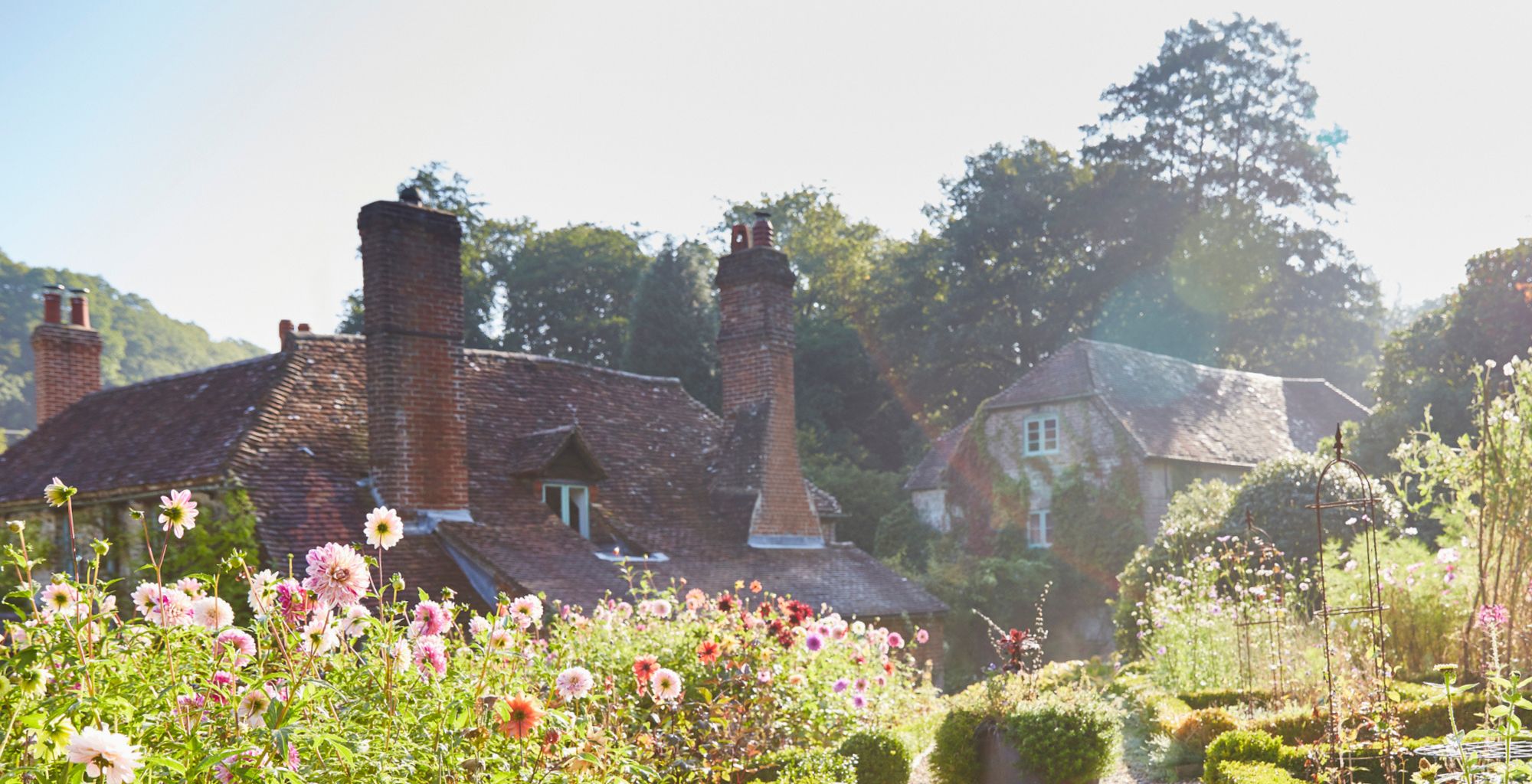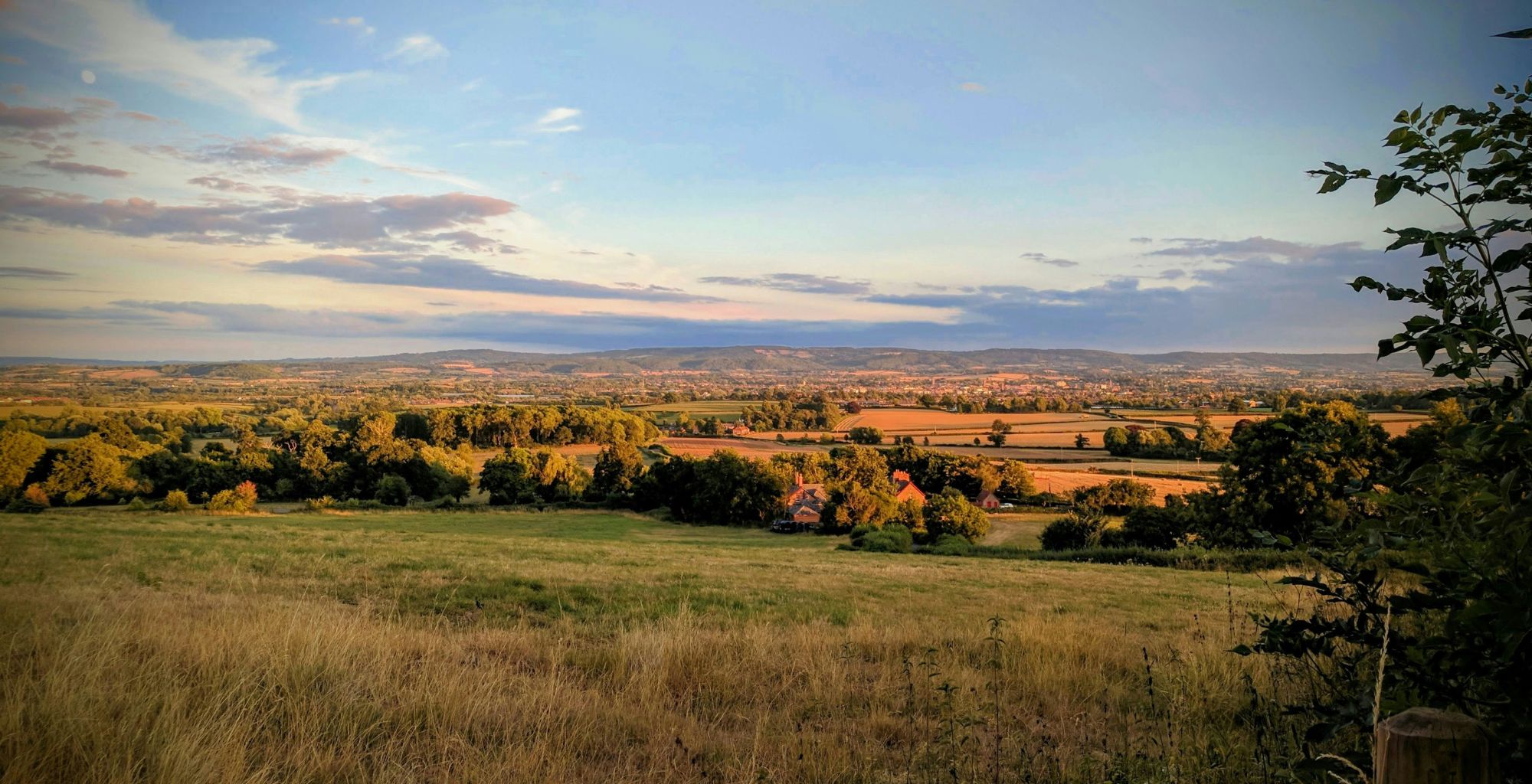For homebuyers seeking a blend of visual appeal and practicality, Arts and Crafts houses stand out as an exemplary...

Purchasing Equestrian Property
With the cost of livery yards permanently on the rise, more and more horse-owners are turning to the option of buying a property with enough land on which to keep their horses. Every horse-owner’s dream is to keep their horse at home so that they can see them out of the window.
When searching for equestrian property with land there are a number of important factors to consider.
Firstly, the size of the plot needs to equate to at least one acre of grazing land per horse. Preferably, it should be two acres or more if possible; it is important not to overgraze the land and to have enough grazing to enable paddock rotation. Don’t forget to factor in any stabling, field shelters, sand schools, access tracks or muck areas that you wish to construct. They can take up a deceptive amount of room!
Always look for good, well drained soil. Clay soil can become very sticky and pitted in the winter months and takes time to recover, needing more maintenance than other types of soil. Equally, sandy soil in a dry summer can easily become poached and bare causing potential sand colics if overgrazed.
When buying a home with land for horses think about proximity to main roads and always consider what the access is like. Can you get your trailer or horsebox easily through the gate or to the plot? Also remember that laws these days are strict about burning manure and so it is likely that you will need to have your muck taken away if you are erecting stables and shelters.
With regards to security, look for plots bordered by a tall, wide hedge. Not only does this provide excellent screening, it also provides extra security if the land is close to a road. A fence will still be needed on the grazing side in addition, but it may provide better security from theft. It is also advisable to securely lock any gates at all times or register the plot with a ‘Watch’ scheme such as ‘Farmwatch’.
Water access is imperative. Always enquire as to whether there is water connected or available. It may be possible to connect to the main water supply so if the plot does not have water access at the time of viewing, it needn’t necessarily be an immediate “no”.
Planning permission for your plot is an important consideration. As a general rule, the only thing you do not need planning permission for is a mobile field shelter on wheels or slats. If there are any stables, agricultural buildings or mobile homes onsite then always check that these have the relevant planning consents. It is simple nowadays to search for consents and applications through your local authority’s website Planning Portal. For everything else, from sand schools to stabling and floodlights to fencing, check with your local authority. The rules may also be affected by whether the land is in an Area of Outstanding Natural Beauty or in the Green Belt or Conservation Area.
Remember that land may need to be re-classified from agricultural to equine use and if you are going to have liveries or run a commercial venture from the land, you will need a licence. I always advise my clients to contact a lawyer as there are many legal implications and issues surrounding utilising agricultural land for equestrian use.
Whether you wish to purchase a property with land for grazing for broodmares, youngstock or retirement horses or to build your dream yard upon, remember to do your homework first to ensure that you are getting the best for you and your horses.



